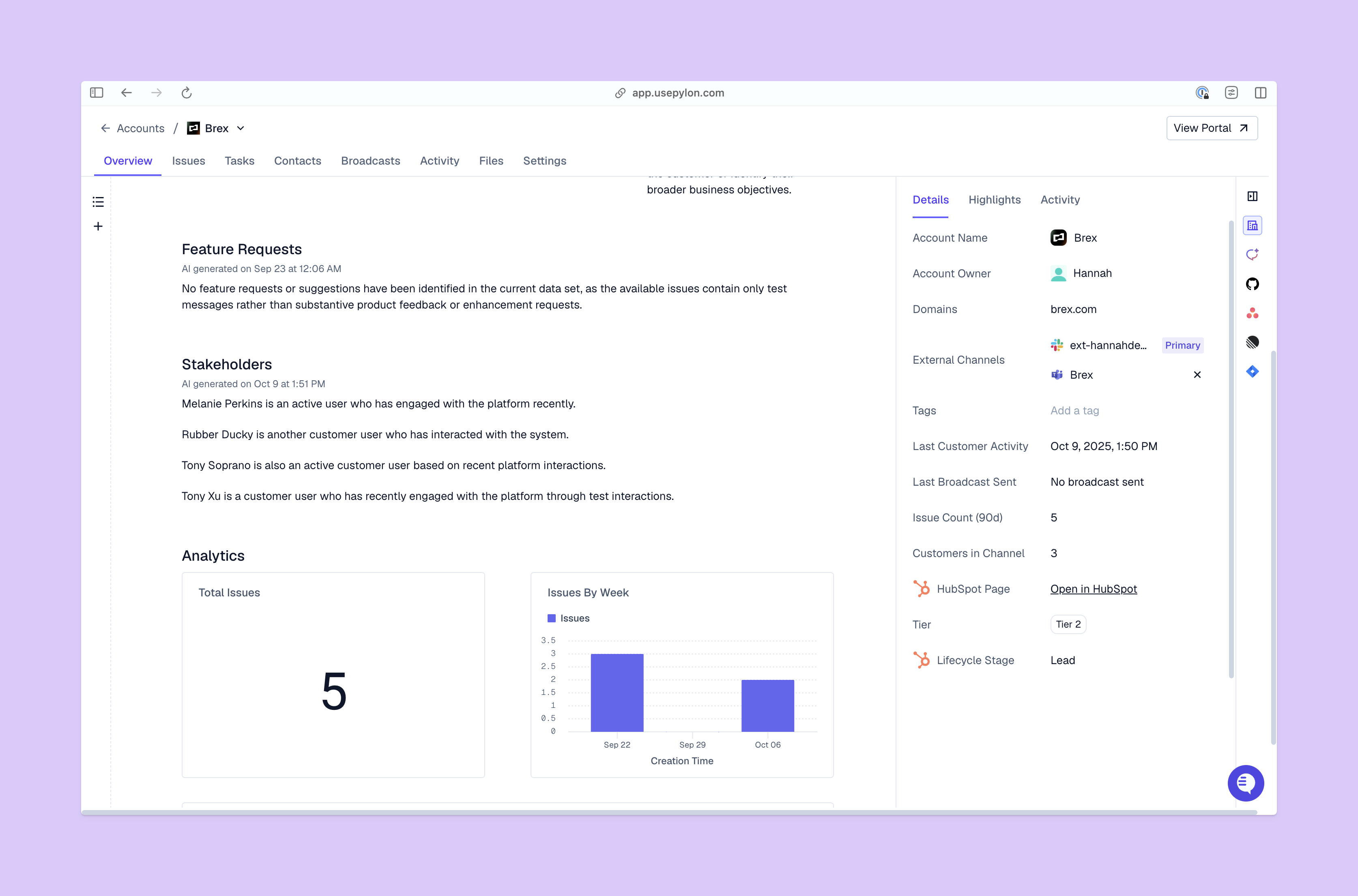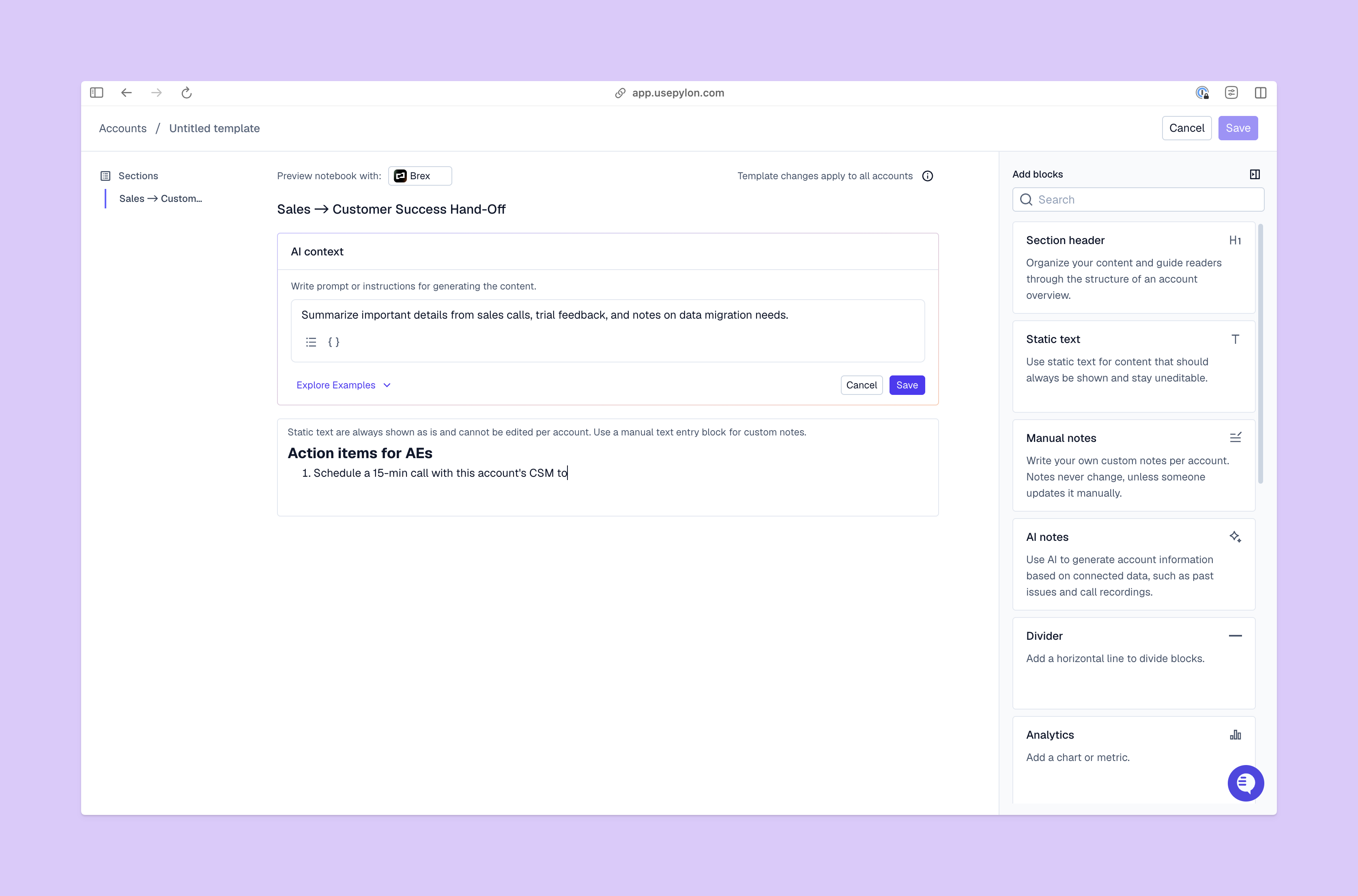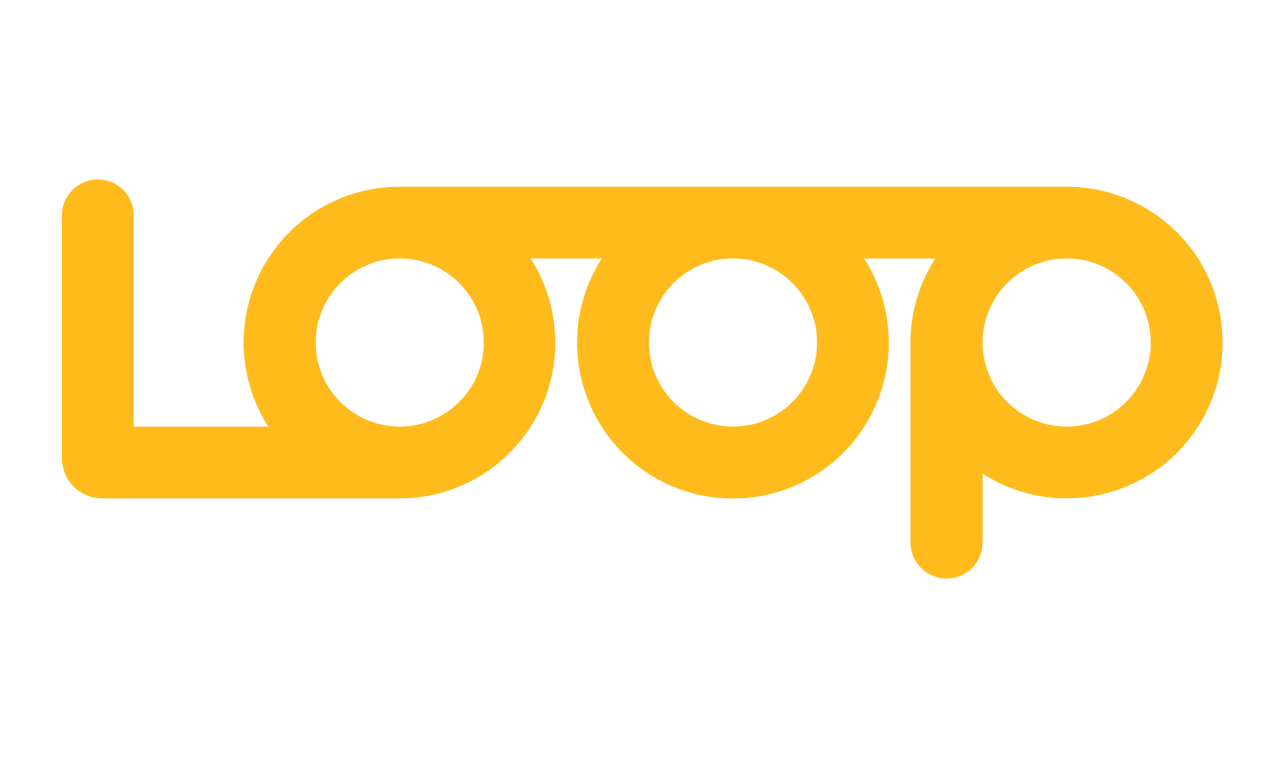Customer Retention Strategies and Insights To Reduce Churn
Find out what key insights and customer retention strategies can help your company drive business growth and manage churn.
It costs more to land a new account than it does to maintain an existing customer relationship. Retention is a major source of long-term growth, but it’s often overlooked. Even small losses, like a single missed renewal or one churned customer, add up over time.
But you have more control over customer retention than you might realize. Many retention strategies overlap with B2B customer service best practices for supporting your customers after closing a deal. With thoughtful strategies, you can turn retention into fuel for company growth.
This guide explains how to improve customer retention and which approaches deliver lasting results. We’ll also break down what retention rate is, and how measuring the right data and acting on insights with the right tools can help teams build the best customer retention strategy.
Understanding Customer Retention Management
Let’s start with a clear definition of retention.
Customer retention means keeping existing customers active and invested in your product or service. High retention is when customers continue to renew their contracts, expand product usage, or even advocate for your product. Weak retention, on the other hand, can show up as cancellations, declining usage, or accounts that switch to competitors.
Why Does Customer Retention Matter?
New deals spike your revenue, but long-term customers are a kind of financial stability for your company.
Retention can also directly drive growth. Satisfied customers are more likely to share their experience with your product and bring in referrals.
Foundations of a Strong Customer Retention Program

Effective retention has to be intentional. You need clear processes so your team knows how to interpret key customer signals.
Core elements of a strong customer retention program include:
- Customer segmentation. Group accounts by size, industry, or behavior so you can personalize customer support.
- Consistent onboarding. A structured onboarding process speeds up time to value by guiding your customers through product implementation. It also connects them with support, customer success, or solutions team members who can answer initial questions. This all reduces the chance that customers will disengage within the first few weeks.
- Continuous feedback loops. You can send surveys or schedule one-on-one conversations to find out what’s working and where customers are struggling. And once you get feedback, acting on it shows customers that you’re actually listening.
- Resourced support teams. Support teams need the tools to respond quickly and accurately across channels. Platforms with native omnichannel customer support help you meet customers where they are.
- Proactive communication. This can include check-ins, regular health reviews, and product updates.
Strategies To Increase Customer Retention
Beyond the core processes, there are specific strategies you can use to improve retention. These include:
- Personalized communication. Use context on past support interactions or conversations with customers to tailor responses.
- Responsive customer support. People expect fast and reliable help across every channel, from email to Slack for customer support.
- Education and enablement. Proactively updating your knowledge bases or reaching out about product changes helps customers get ongoing value from your team. This works particularly well in SaaS customer support environments.
- Proactive account management. You can schedule check-ins, quarterly reviews, and usage reports to catch any account issues before they escalate.
All these strategies reinforce each other. For example, proactive account management surfaces feedback that guides product changes, and educating customers on those new features improves long-term adoption.
Measuring and Optimizing Retention Performance
Here are a few ways to calculate whether you’re successfully retaining customers.
Calculating Retention Rate
Retention rate is the percentage of customers who have stayed with your team and product over a given period. You calculate it by dividing the number of customers at the start of the period by the number of customers at the end, and converting it into a percentage. For example, a company that starts Q1 with 100 customers, gains 20, and ends with 110 would have a customer retention rate of 90%:
((110-20) ÷ 100) x 100 = 90%
Calculating Churn Rate
Churn rate is the percentage of customers you’ve lost over a given period. To calculate it, you divide the number of customers you lost by the number of customers you had at the start of the time period, then multiply it by 100 to convert it into a percentage. The same company from the example above has a churn rate of 20% over Q1:
(20 ÷ 100) x 100 = 20%
Calculating Customer Lifetime Value
Customer lifetime value (CLV) projects the total revenue you can expect throughout the span of your relationship with one customer. To calculate CLV, you multiply the average price of your product, repeat purchase rate, and average customer lifespan, then subtract the cost of new deals from the total.
Let’s say you’ve just brought on a new customer that cost you $250 to close, but their contract auto-renews every year for the next five years at $500. The CLV calculation would be:
(500 x 2 x 5) - 250 = $4,750
Calculating Other Useful Metrics
Outside of financial formulas, net promoter score (NPS) and customer satisfaction scores (CSATs) also give you insight into customer sentiment and how likely an account is to renew. The best customer support tools will automatically help you track and report on satisfaction scores.
You get the most out of these metrics when you track them together. A dip in satisfaction scores, for example, might predict upcoming losses. A rising CLV might signal that your retention efforts are working well. But once you calculate the metrics and draw insights from them, you still need to act on what you learn.
Drive Smarter Retention With Pylon’s Account Intelligence

Retention strategies work best when your team has unified customer information. Otherwise, it’s easy to miss early warning signs or overlook opportunities to engage more with customers. Pylon Account Intelligence brings together customer signals for your entire post-sales team in one shared view.
With custom health scores, you can see which accounts are doing well and which need your attention. And Account Intelligence can automatically flag churn risks before escalation or help you identify upsell opportunities.
Pylon is the modern B2B support platform that offers true omnichannel support across Slack, Teams, email, chat, ticket forms, and more. Our AI Agents and Assistants automate busywork and reduce response times. Plus, with Account Intelligence that unifies scattered customer signals to calculate health scores and identify churn risk, we're built for customer success at scale.






